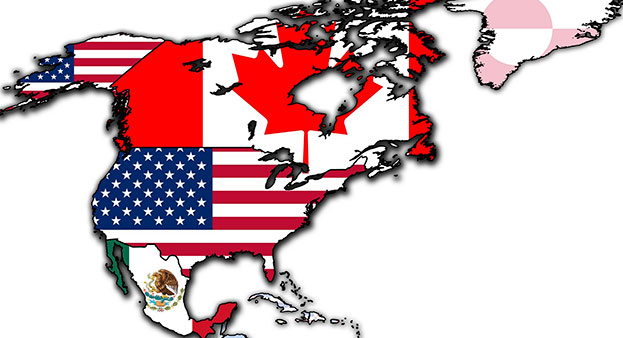Simply put, the trucking industry is a demand-derived service sector. The members of all three national North American trucking associations – the Canadian Trucking Alliance (CTA), American Trucking Associations (ATA) and CANACAR in Mexico – are not only in business to service our domestic and international supply chains and customers, but must also satisfy the growing expectations and demands of consumers in an increasingly integrated global economy.
The Canada-U.S. border and the policies that relate to it have been the primary area of focus for most of CTA’s membership. This should come as no surprise since Canada’s number one trading partner is the U.S., with the lion’s share of Canada-U.S. trade moving by truck.
Back in the 1980s, before the Canada-U.S. trade agreement was in place, the U.S.-Canada trucking market was nowhere near as important to the livelihood of our sector, or as consequential to delivering essential goods and services that each day support our citizens and economies.
Could the southern border and Canada-Mexico trade become more important to Canadian trucking companies over time? In an industry that continues to operate on tight margins while always looking for opportunities for business growth, this is something that CTA and its members continue to keep an eye on.
The Canada-Mexico trade relationship has experienced steady growth since the North America Free Trade Agreement (NAFTA) in 1994 and since the Canada-United States-Mexico Agreement (CUSMA) came into effect.
This burgeoning trade relationship presents opportunities for the Canadian trucking industry to participate in this emerging market. The question then becomes, what are the policies and opportunities that need to be explored and adapted to allow all three countries to continue to expand these trade relationships?
How do streamlining trucking policies in all three countries play a role in assisting this tripartite in sparking mutually beneficial international trade growth?
A “sunset provision” in CUSMA requires all three countries to review the status and terms of the agreement by 2026.


